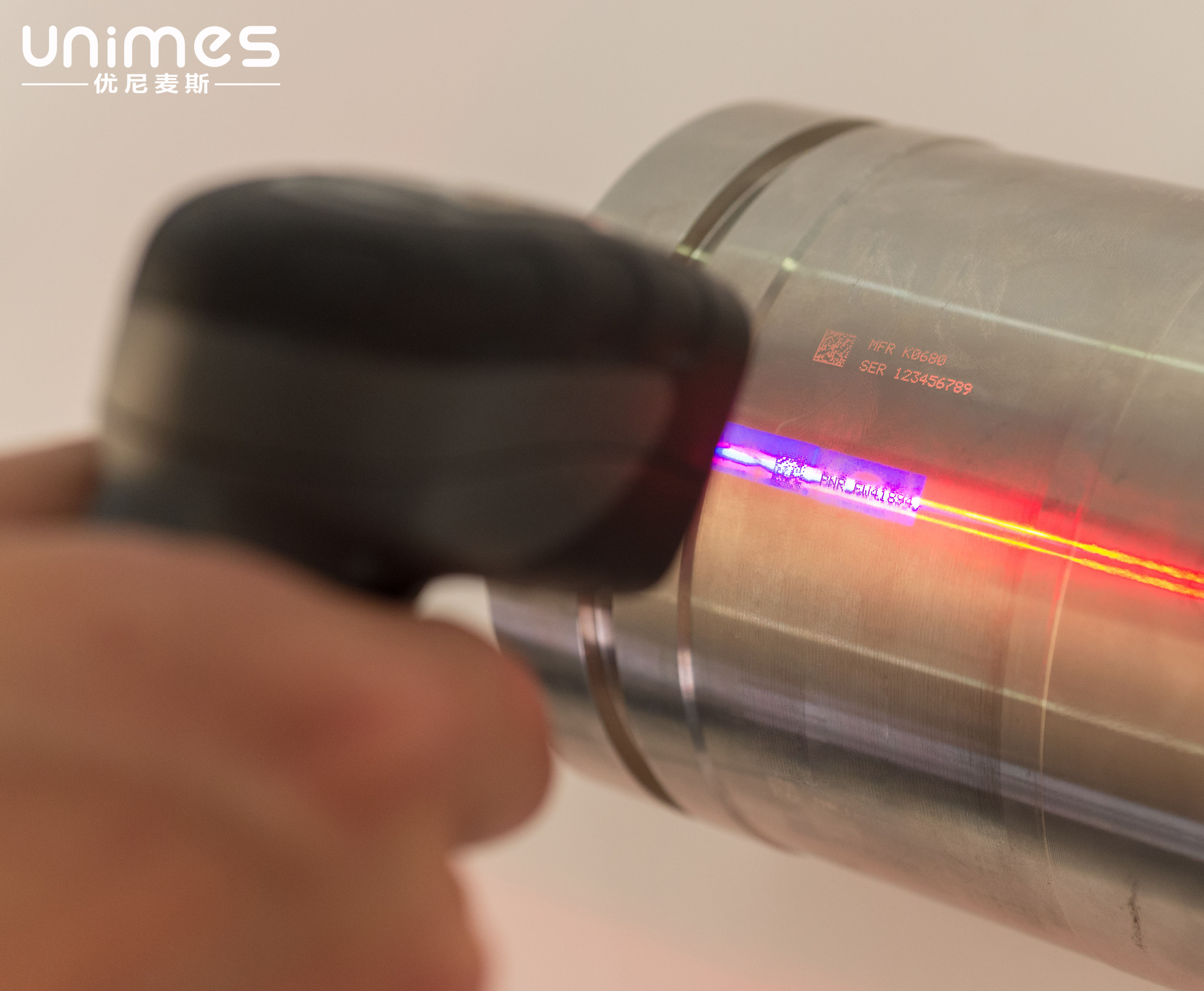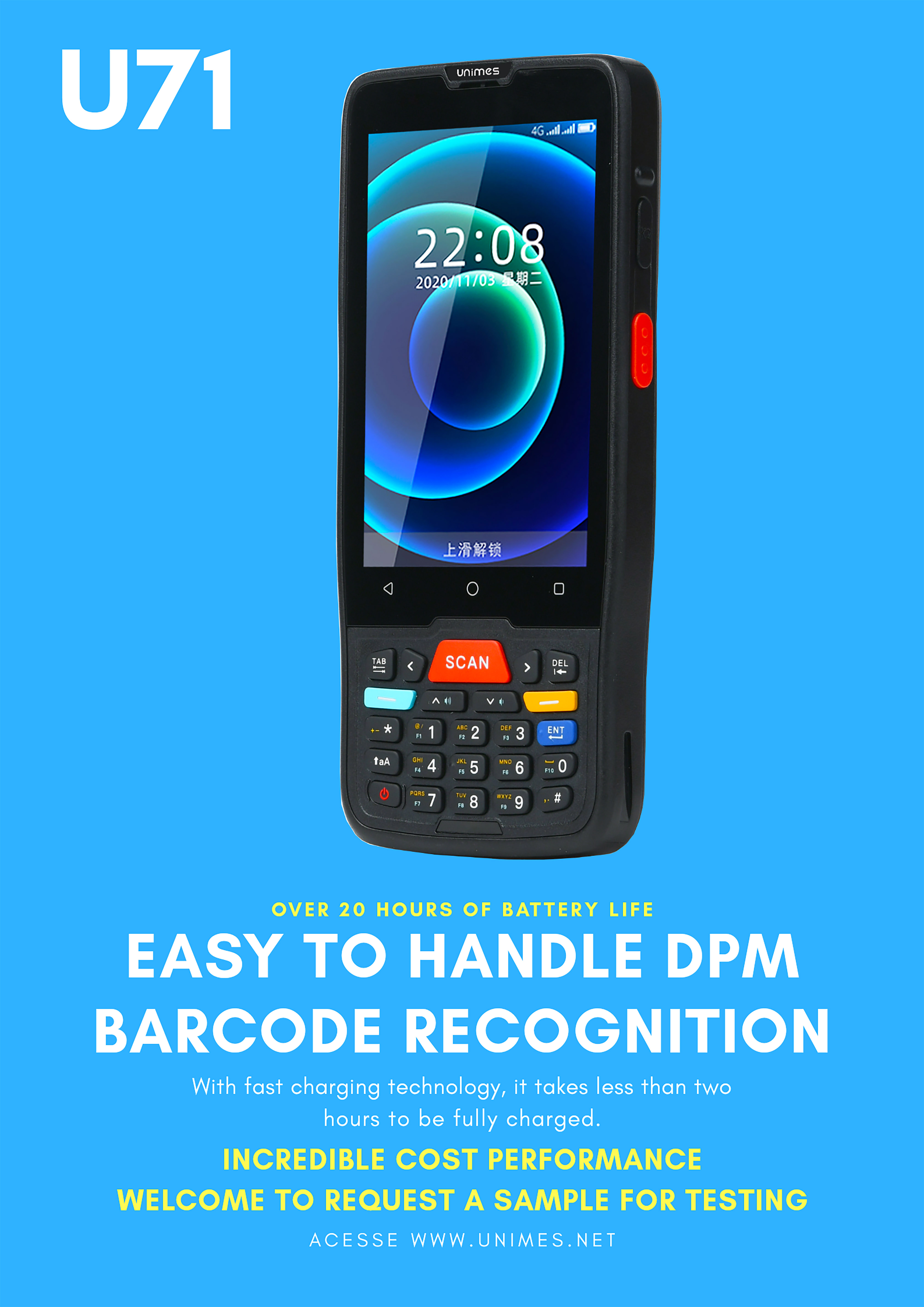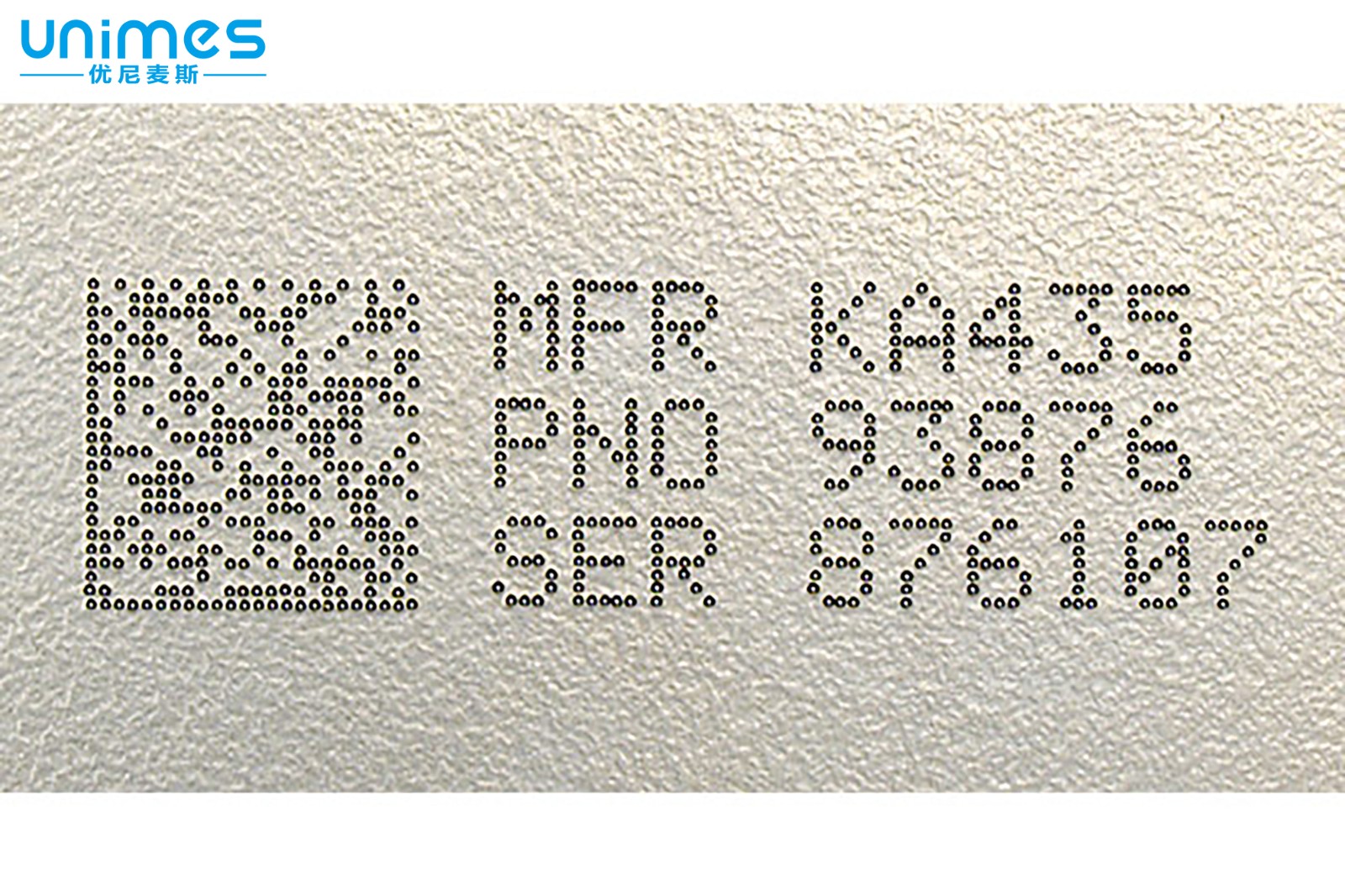
While most barcodes you come across are printed on a label or paper-packaging of a product, in the manufacturing world and work-in-process applications many parts or components need to be marked with a barcode directly. Direct Part Marking is a process that allows users to mark a barcode directly on an item instead of printing the barcode on a label.
Direct part mark (DPM) codes can vary in appearance. The substrate (surface) on which a code is marked can exhibit varying optical properties and interfere with the image formation. Direct part marking methods, such as dot peen and laser etching, are prone to producing codes with low contrast, poor cell position, or inconsistent cell size. In addition, the surface being marked can be matted, cast, or highly reflective, and is seldom as clean and uniform as a label. Surfaces can be smooth and shiny, furrowed, striped, streaked, coarse, or granular. Therefore, the verification method for DPM codes must provide reliable and consistent results under all conditions. Controlling the background and proper illumination are both very important for DPM codes, which are verified against the AIM DPM standard.
There are 3 main technologies available for DPM: laser or chemical etching, dot peening and inkjet printing. Each of these has specific advantages and disadvantages in terms of durability, cost and ease of reading. The main advantages of codes with DPM technology are that the code is permanently marked on a surface and will survive for a long time (ideally forever), regardless of the stress the part is passing through during its' life cycle. The main reasons to choose codes with DPM technology are:
Items that need to pass through harsh testing processes (chemicals agents, thermal cycles, oil, moisture, etc.)
Items that need to be tracked during their entire life cycle
Very small items (difficult to label)
DPM technology was first adopted mainly by the automotive and general mechanical industries. Currently, the popularity of codes using DPM technology has spread into different sectors including electronics, chemicals and healthcare industries.

Scanning DPM Barcodes
Unimes U71 is equipped with specialized illumination systems in order to improve the readability of codes using DPM technology. The object surface can be reflective, shiny, polished, or be a contrasting rough surface. Depending on the marking technology used, the code can be more or less visible with more or less contrast when compared to the background.
DPM specific scanners are available in both handheld and fixed mount models to fit manual or automated applications.
For assistance finding the right DPM scanner to meet the specific needs or your marking type, contact us.


Copyright © Suzhou Unimes Group Co., Ltd. All Rights Reserved | Sitemap | Technical Support: 